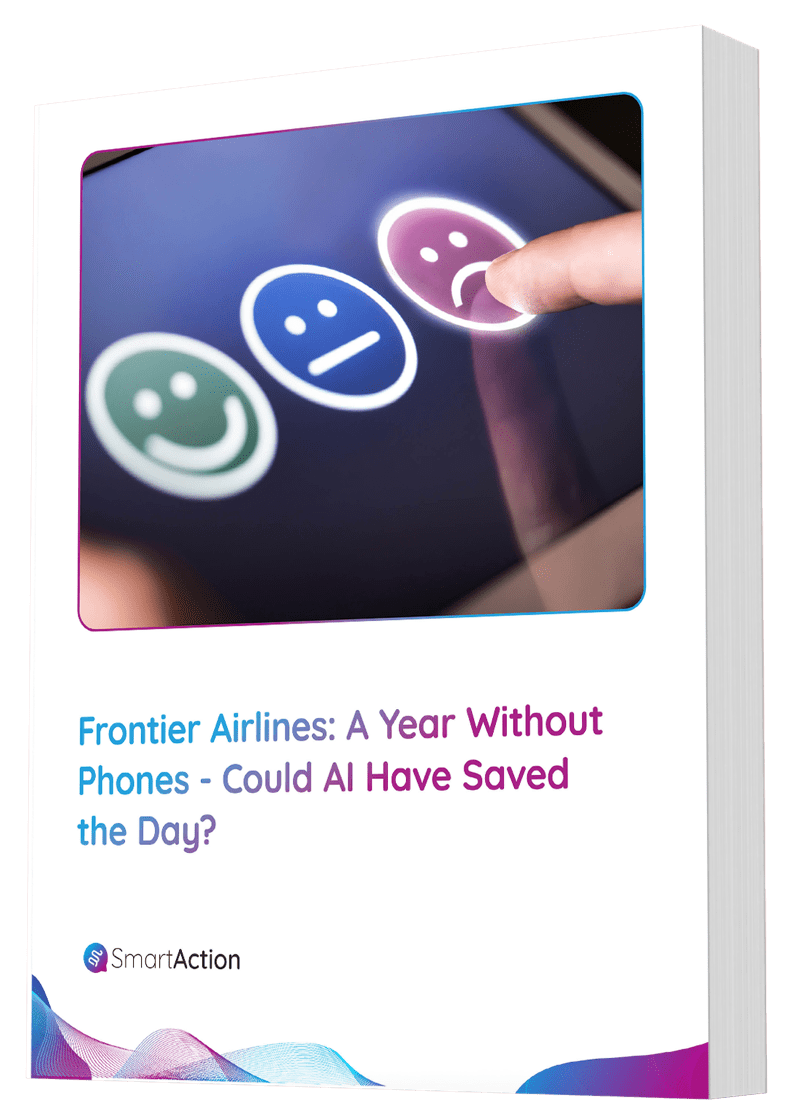Customers Are Lazy, Make Customer Service Easy
People are lazy. In fact, if my computer understood me, I’d much rather be speaking this blog than writing it. And that’s the point: the best and easiest human to machine interface in many cases is actually voice, if only the machine understood…
Background
It used to be that the Net Promotor Score (NPS), a consumer’s willingness to recommend a company to a friend, was the best predictor of both the consumer’s likelihood of repurchasing from a company and the consumer’s likelihood of increasing spending with a company. Before NPS, we used Customer Satisfaction Score (CSAT), a measure of the customer’s satisfaction with the product or service, as a predictor. But today’s customers are different than the customers of yesterday, with different needs, desires, and demands. Either we’ve become incredibly lazy, or, more politely put, incredibly busy, and the only thing that matters now is effort. What do we need to do to get what we want? And how can we do it with the least amount of effort possible? This brought us to the most modern measurement we use—Customer Effort Score (CES). CES is the measure of how easy it was for a customer to complete a task. It has quickly become the best predictor of a customer’s likelihood of repurchasing from a company and the customer’s likelihood of increasing spending with a company.
Studies show that if a customer has a low effort experience, there is a 94% chance they will repurchase from the same company and an 88% chance they will increase spending with the company. Among customers who had low effort experiences, the likelihood of a customer speaking negatively about the company was only 1%.
Loyalty is About Ease
So you should stop telling your employees to exceed customers’ expectations and start implementing processes that minimize customer effort.
Companies often believe that the same factors contribute to loyalty and disloyalty. When it comes to why customers are loyal, service plays a small part; but when it comes to why customers are disloyal, service is critical. Customers will likely return to a company following a positive experience, but they undoubtedly leave a company following a negative experience. Due to customers’ current desire to put in the minimum amount of effort as possible (read: laziness), good service means service that makes it easier for them. If the experience isn’t great, rather than contact a company and explain specific service issues, consumers choose the easy response—complaining about the company to their friends, family, and couple hundred social media followers. And a bad reputation is much more easily made than undone.
A company might also strive to deliver customer service across eight channels—an expensive and challenging endeavor–but what they should do instead is make the basic services frictionless and easy, in order to avoid bad experiences. The purpose of technology is to contribute to the customer experience in places where human contributions could fall short. Our philosophy is to promote technology and people, working together to create low effort customer experiences.
Because the ease of use has become such a high priority for your customer, it should also be a high priority for your company.
Voice is Easy
If only the technologies for the voice channel worked more reliably! Voice is the most natural method of communication that humans have, but machines struggle to understand. Not to mention, voice certainly has gotten lost in the “omnichannel revolution.” It is important to offer customers as many channels as possible, but prioritize quality over quantity by making the options you do have reliable and accurate. Recently, automated voice systems have advanced tremendously, with excellent speech recognition that far outperforms the speech rec engines of old. An “Intelligent IVR” can effectively understand and respond to humans, as well as handle complex issues, and that reliability encourages customers to consistently engage with it, especially after failing in another newer channel.
Voice continuously proves to be the low effort option for customers. Two-thirds of issues are resolved over the phone and research shows it takes approximately 1.7 calls to resolve an issue as opposed to 2.4 emails. When you think about all of the other tasks in life that are accomplished simply by talking, it’s no surprise that voice remains the largest channel for customer service and is still preferred by many. Not only do most people have a phone easily accessible, but they can easily continue other tasks required of their busy schedules and put in as little effort as possible. All they have to do is talk.
So before prolonging your attempt to amaze and delight customers, remember that it is customer effort that matters. And though customers don’t want to put in the effort when solving an issue with your company, they do not hesitate to make their difficulties known. So avoid letting your customers take the lazy option of complaining about your service and make sure they have an easy way to resolve their issues before making them your issues. Remember, in the end, voice is always easiest.






